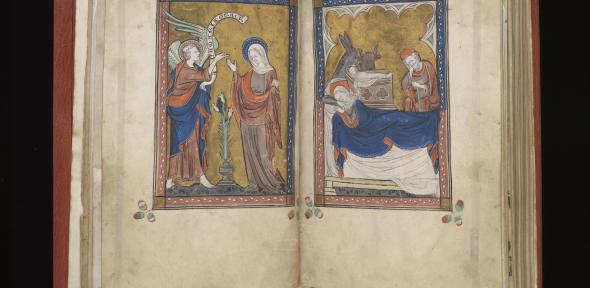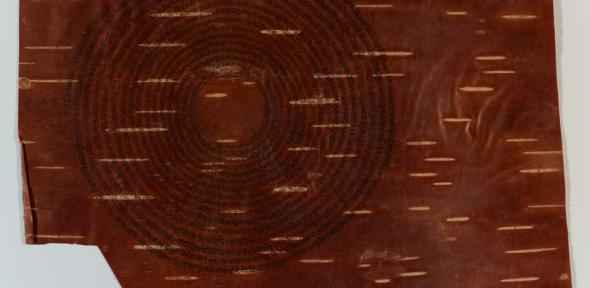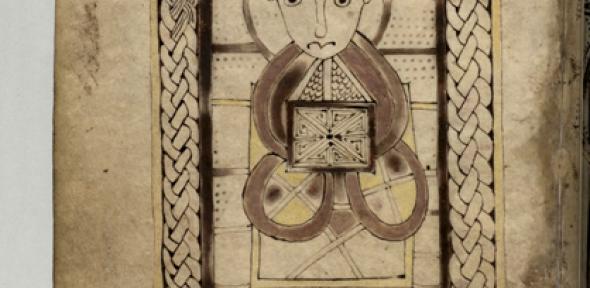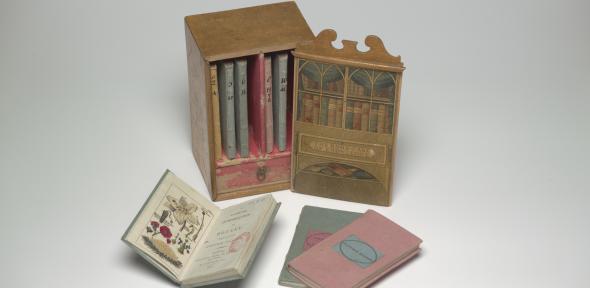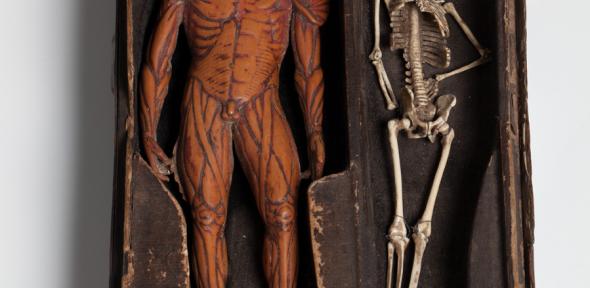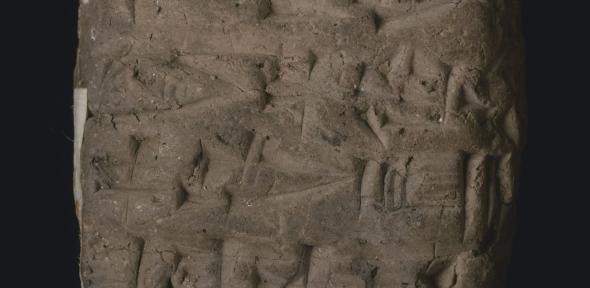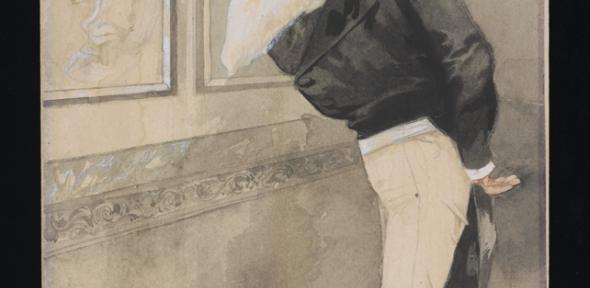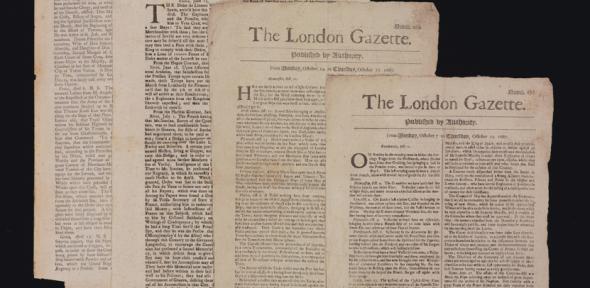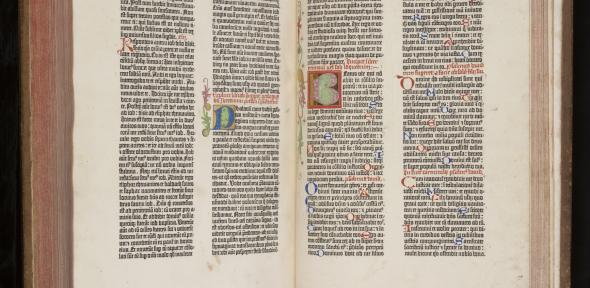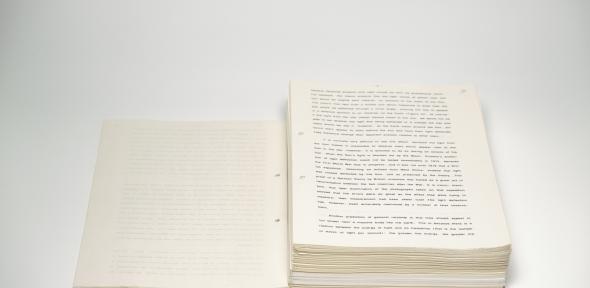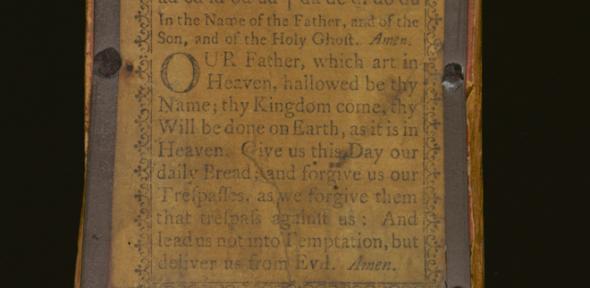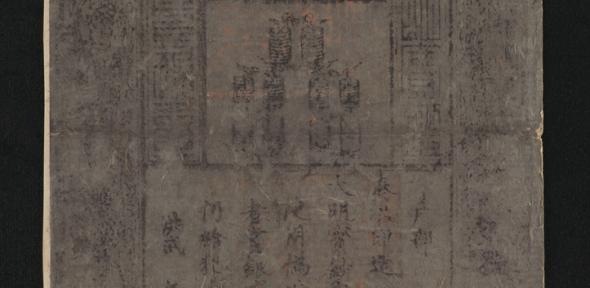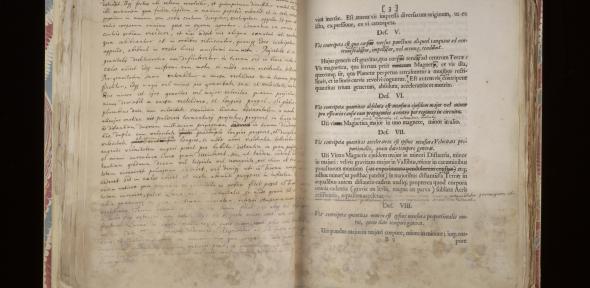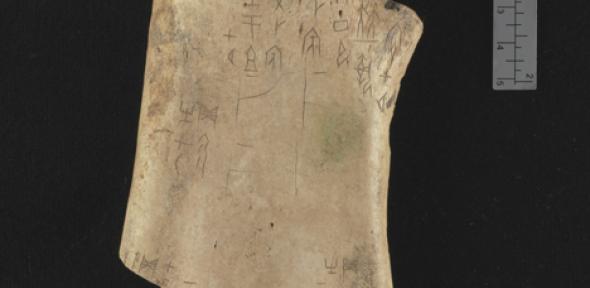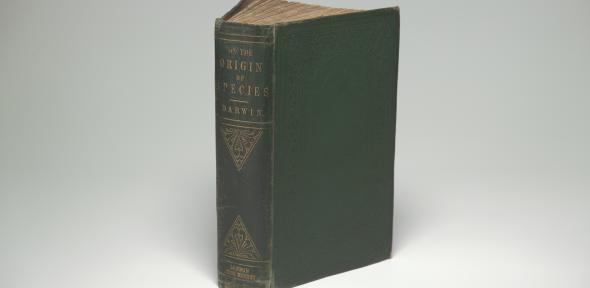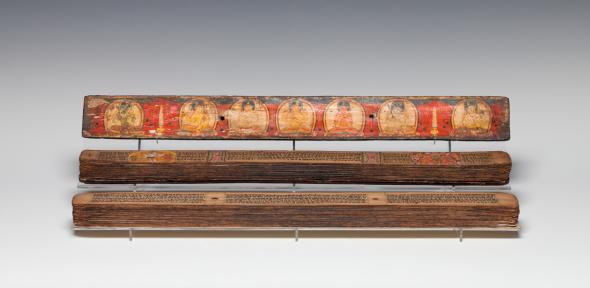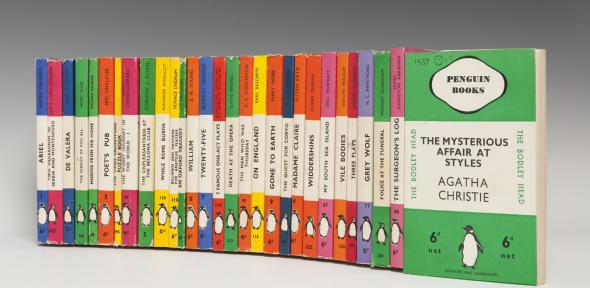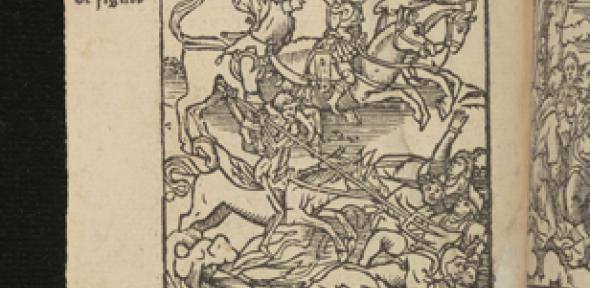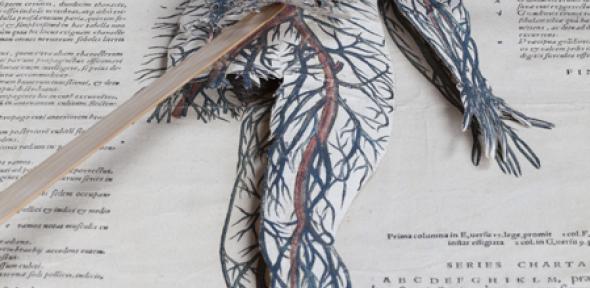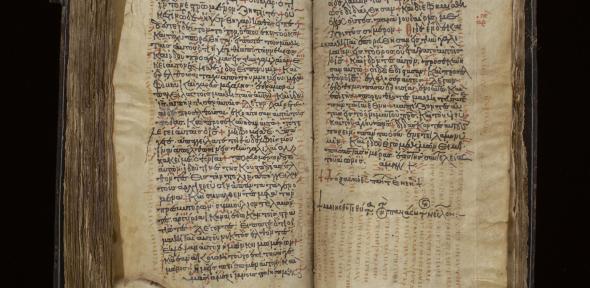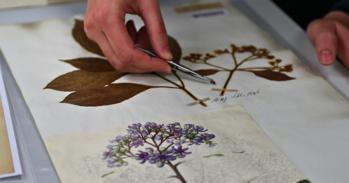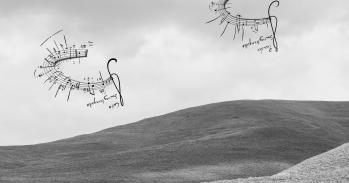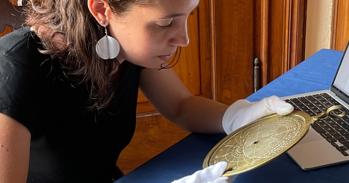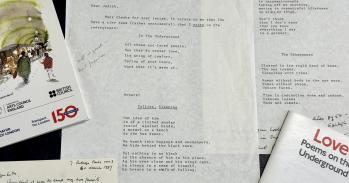Some of the world’s most valuable books and manuscripts – texts which have altered the very fabric of our understanding – will go on display in Cambridge this week as Cambridge University Library celebrates its 600th birthday with a once-in-a-lifetime exhibition of its greatest treasures.
Some of the world’s most valuable books and manuscripts – texts which have altered the very fabric of our understanding – will go on display in Cambridge this week as Cambridge University Library celebrates its 600th birthday with a once-in-a-lifetime exhibition of its greatest treasures.
What started in 1416 as a small collection of manuscripts locked in wooden chests, has now grown into a global institution housing eight million books and manuscripts, billions of words, and millions of images, all communicating thousands of years of human thought.
Anne Jarvis
Lines of Thought: Discoveries that Changed the World, opens free to the public this Friday (March 11) and celebrates 4,000 years of recorded thought through the Library’s unique and irreplaceable collections. More than 70 per cent of the exhibits are displayed to the public for the first time in this exhibition.
Tracing the connections between Darwin and DNA, Newton and Hawking, and 3,000-year-old Chinese oracle bones and Twitter, the exhibition investigates, through six distinct themes, how Cambridge University Library’s millions of books and manuscripts have transformed our understanding of life here on earth and our place among the stars.
The iconic Giles Gilbert Scott building, opened in the 1930s, now holds more than eight million books, journals, maps and magazines – as well as some of the world's most iconic scientific, literary and cultural treasures.
The new exhibition puts on display Newton’s own annotated copy of Principia Mathematica, Darwin’s papers on evolution, 3,000-year-old Chinese oracle bones, a cuneiform tablet from 2,000BC, and the earliest reliable text for 20 of Shakespeare’s plays.
Other items going on display include:
- Edmund Halley’s handwritten notebook/sketches of Halley’s Comet (1682)
- Stephen Hawking’s draft typescript of A Brief History of Time
- Darwin’s first pencil sketch of Species Theory and his Primate Tree
- A 2nd century AD fragment of Homer’s Odyssey.
- The Nash Papyrus – a 2,000-year-old copy of the Ten Commandments
- Codex Bezae – 5th century New Testament, crucial to our understanding of The Bible.
- A hand-coloured copy of Vesalius’ 1543 Epitome – one of the most influential works in western medicine
- The earliest known record of a human dissection in England (1564)
- A Babylonian tablet dated 2039 BCE (the oldest object in the library)
- The Gutenberg Bible – the earliest substantive printed book in Western Europe (1455)
- The Book of Deer, 10th century gospel book: thought to be the oldest Scottish book and the first example of written Gaelic
- The first catalogue listing the contents of the Library in 1424, barely a decade after it was first identified in the wills of William Loring and William Hunden
The six Lines of Thought featured in the exhibition are: From clay tablets to Twitter feed (Revolutions in human communication); The evolution of genetics (From Darwin to DNA); Beginning with the word (Communicating faith); On the shoulders of giants (Understanding gravity); Eternal lines (Telling the story of history) and Illustrating anatomy (Understanding the body).
University Librarian Anne Jarvis said: “It’s extraordinary to think that the University Library, which started in 1416 as a small collection of manuscripts locked in wooden chests, has now grown into a global institution housing eight million books and manuscripts, billions of words, and millions of images, all communicating thousands of years of human thought.
“Our spectacular exhibition showcases six key concepts in human history that have been critical in shaping the world and culture we know today, illustrating the myriad lines of thought that take us back into the past, and forward to tomorrow’s research, innovation and literature.”
The University Library, which is older than both the British Library and the Vatican Library, has more than 125 miles of shelving and more than two million books immediately available to readers – making it the largest open-access library in Europe.
The first Line of Thought featured in the exhibition: From clay tablet to Twitter begins with a tiny 4,000-year-old tablet used as a receipt for wool, evidence of an advanced civilisation using a cuneiform script and Sumerian language, probably written in Girsu (Southern Iraq) and precisely dated to 2039BCE. The tablet is on public display for the first time in this exhibition.
From there, it charts the many and varied revolutions in communications throughout history, taking in Chinese oracle bones, the Gutenberg Bible, a palm leaf manuscript written in 1015AD, newspapers, chapbooks and 20th century Penguin paperbacks, before ending with a book containing Shakespeare’s Hamlet written in tweets.
Objects going on display for the first time during Lines of Thought include: the Book of Deer, Vesalius’s 3D manikin of the human body, William Morris’s extensively annotated proofs of his edition of Beowulf, a wonderful caricature of Darwin, and works by Copernicus, Galileo and Jocelyn Bell Burnell, the discoverer of pulsars.
“For six centuries, the collections of Cambridge University Library have challenged and changed the world around us,” added Jarvis. “Across science, literature and the arts, the millions of books, manuscripts and digital archives we hold have altered the very fabric of our understanding.
“Only in Cambridge, can you find Newton’s greatest works sitting alongside Darwin’s most important papers on evolution, or Sassoon’s wartime poetry books taking their place next to the Gutenberg Bible and the archive of Margaret Drabble.”
To celebrate the Library’s 600th anniversary, the Library has selected one iconic item from each theme within the exhibition to be digitised and made available within a free iPad app, Words that Changed the World. Readers can turn the pages of these masterworks of culture and science, from cover to cover, accompanied by University experts explaining their importance and giving contextual information.
Lines of Thought: Discoveries that Changed the World opens to the public on Friday, March 11, 2016 and runs until Friday, September 30, 2016. Entry is free.
The exhibition is also available to view online, and items from the exhibition have also been digitised and made available on the Cambridge Digital Library.

The text in this work is licensed under a Creative Commons Attribution 4.0 International License. For image use please see separate credits above.


